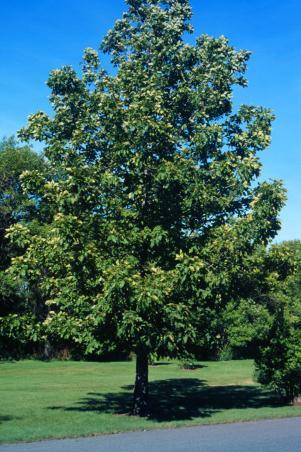June 27, 2013
| Carya cordiformis spp. Bitternut Hickory, Swamp hickory
|
| Description | Bitternut hickory could be chosen for its adaptability in many situations and its quiet but important role in our forests. Although considered 'hard to transplant', modern nursery practices will enable greater success. |
| Usage | Specimen tree |
| Origin | Across southern Ontario and into Quebec; eastern and central USA |
| Hardiness zone | 4 |
| Size | 15-25m tall, trunk 30-80 cm diameter |
| Form/texture | Open, rounded form. Fine twigs and leaves cast a light, open shade. "Some specimens have almost the vase-shaped contour of the white elm, and even when the tree stands bare, its numberless twigs, unusually fine and slender for a hickory, etch a delicate pattern against the snow-filled winter skies ..." (Peattie). |
| Growth rate | "For a hickory, it grows swiftly, but that is slow, by the rate of other trees" (Peattie). |
| Leaf | Alternate, pinnately compound, 7-11 leaflets 15-25cm long. Pleasing yellow fall colour. |
| Flower | Small, green, inconspicuous, May. Monoecious |
| Fruit | Thin shelled, four ridges and bitter kernel. Not produced until tree is 25-30 yrs old; heavy crops only every 3-5 years. Winter food for wildlife. |
| Exposure/culture | Moderate shade tolerance. Found on wide range of habitats: soils from moist lowlands and rich soil on higher ground to dry sites and nutrient poor soils. pH adaptable. Dense nursery-grown root systems aid in transplant survival. Stump and root sprouting from damaged trees. Considered salt sensitive. Shortest growing season required of hickories. |
| Comments | Recognized from other hickories by it striking yellow buds. Considered the best hickory for smoking meats. The most abundant and widespread hickory. While considered a very tough and adaptable species that ultimately becomes a very handsome shade tree, it is rarely cultivated due to difficulties with transplanting. Challenges to transplanting can be overcome with appropriate nursery practices and seed handling procedures. |
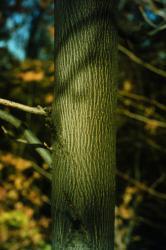
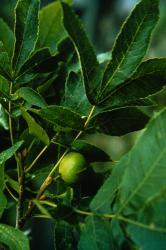
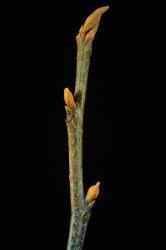
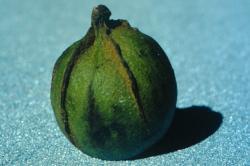
Reference:
Peattie, D.C. 1964. A Natural History of Trees of Eastern and Central North America. 2nd ed. Bonanza Books. New York, NY. 606pp.
